Drinking Water Treatment Plant
- 783 million people do not have access to clean and safe water,
- 1 in 9 people worldwide do not have access to safe and clean drinking water.
- Diarrhea caused by inadequate drinking water, sanitation, and hand hygiene kills an estimated 842,000 people every year globally, or approximately 2,300 people per day.
- In developing countries, as much as 80% of illnesses are linked to poor water and sanitation conditions.
- Half of the world’s hospital beds are filled with people suffering from a water-related diseases.
- Nearly 1 out of every 5 deaths under the age of 5 worldwide is due to a water-related diseases.
- Over half of the developing world’s primary schools don’t have access to water and sanitation facilities.
- 84% of the people who don’t have access to improved water, live in rural areas, where they live principally through subsistence agriculture.
- Globally we use 70% of our water sources for agriculture and irrigation, and only 10% on domestic uses.
- The water crisis is the #1 global risk based on impact to society (as a measure of devastation), and the #8 global risk based on likelihood (likelihood of occurring within 10 years) as announced by the World Economic Forum, January 2015.
- Description
- Reviews (0)
Description
Drinking water treatment plants are used to remove particles and organisms that lead to diseases and protect the public’s welfare and supply pure drinkable water to the environment, people and living organisms. In addition, they also provide drinking water that is pleasant to the senses: taste, sight and smell and provide safe, reliable drinking water to the communities they serve.
Water treatment, as a word originally means the act or process of making water more potable or useful, as by purifying, clarifying, softening or deodorizing it.
To provide drinking water to the public is one of the most important tasks of communities and the design of water supply systems has to follow the rules of engineering sciences and also needs technical knowledge and practical experience. Water is treated differently in different communities depending on the quality of the water which enters the plant. For example; groundwater requires less treatment than water from lakes, rivers and streams. In order to analyze all these technical aspects in the drinking water treatment systems and for the supplement of a training guide on drinking water treatment plants.
- 783 million people do not have access to clean and safe water,
- 1 in 9 people worldwide do not have access to safe and clean drinking water.
- Diarrhea caused by inadequate drinking water, sanitation, and hand hygiene kills an estimated 842,000 people every year globally, or approximately 2,300 people per day.
- In developing countries, as much as 80% of illnesses are linked to poor water and sanitation conditions.
- Half of the world’s hospital beds are filled with people suffering from a water-related diseases.
- Nearly 1 out of every 5 deaths under the age of 5 worldwide is due to a water-related diseases.
- Over half of the developing world’s primary schools don’t have access to water and sanitation facilities.
- 84% of the people who don’t have access to improved water, live in rural areas, where they live principally through subsistence agriculture.
- Globally we use 70% of our water sources for agriculture and irrigation, and only 10% on domestic uses.
- The water crisis is the #1 global risk based on impact to society (as a measure of devastation), and the #8 global risk based on likelihood (likelihood of occurring within 10 years) as announced by the World Economic Forum, January 2015.
In brief, we can define the stages of the drinking water treatment plant as follows:
Coagulation: Removes dirt and other particles suspended in water. Alum and other chemicals are added to water to form tiny sticky particles called “floc” which attract the dirt particles. The combined weight of the dirt and the alum (floc) become heavy enough to sink to the bottom during sedimentation.
Sedimentation: The heavy particles (floc) settle to the bottom and the clear water moves to filtration.
Filtration: The water passes through filters, some made of layers of sand, gravel and charcoal that help remove even smaller particles.
Disinfection: A small amount of chlorine is added or some other disinfection method is used to kill any bacteria or microorganisms that may be in the water.
Storage: Water is placed in a closed tank or reservoir for disinfection to take place. The water then flows through pipes to homes and businesses in the community.



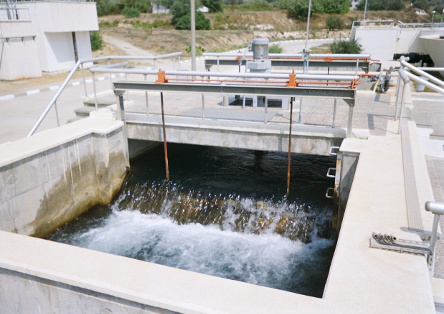
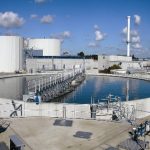
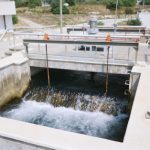
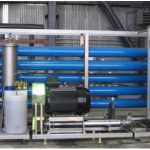

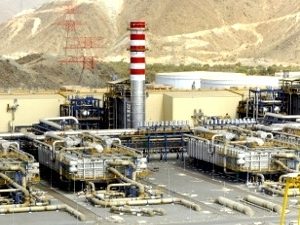
Reviews
There are no reviews yet.